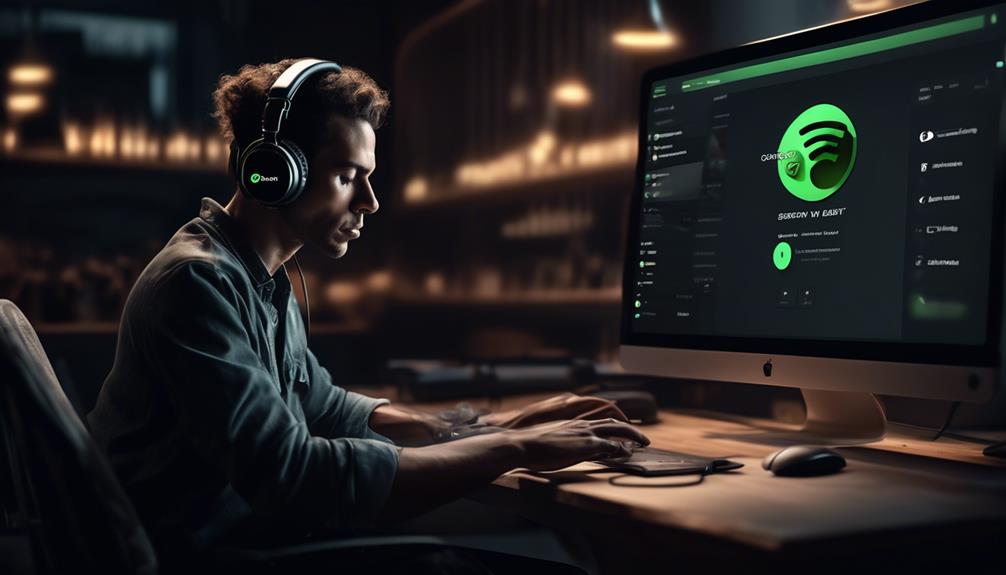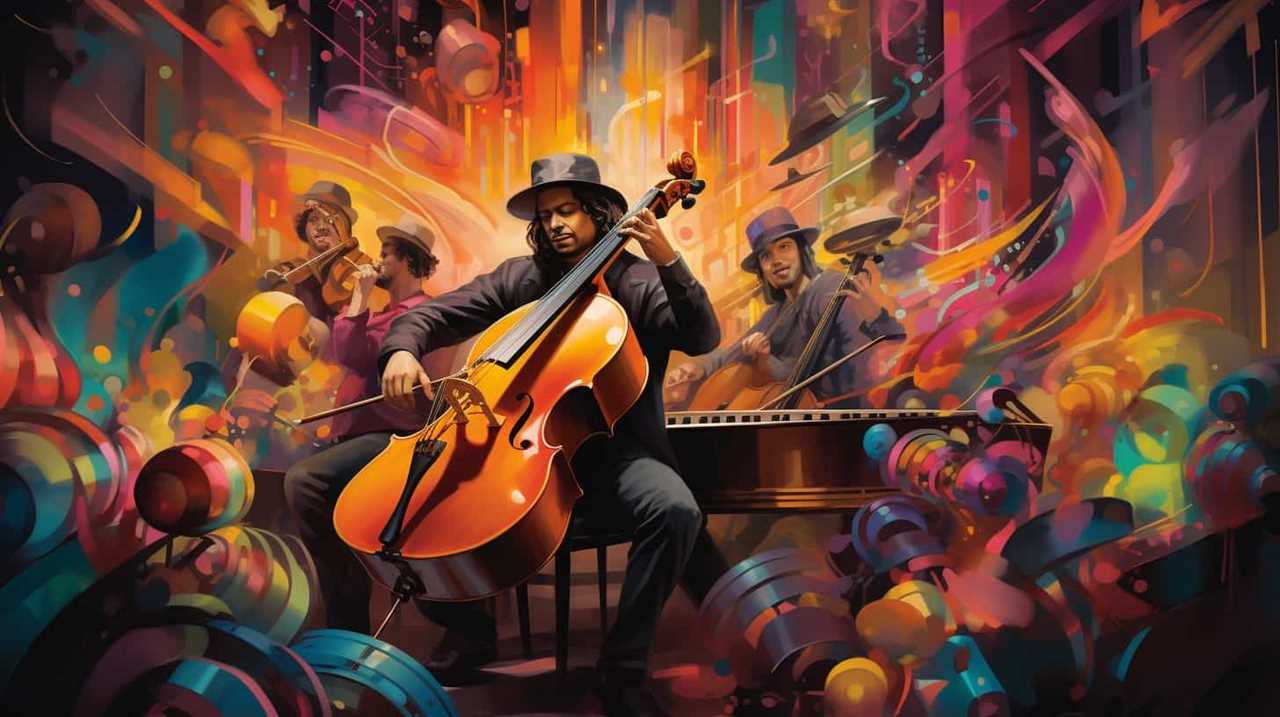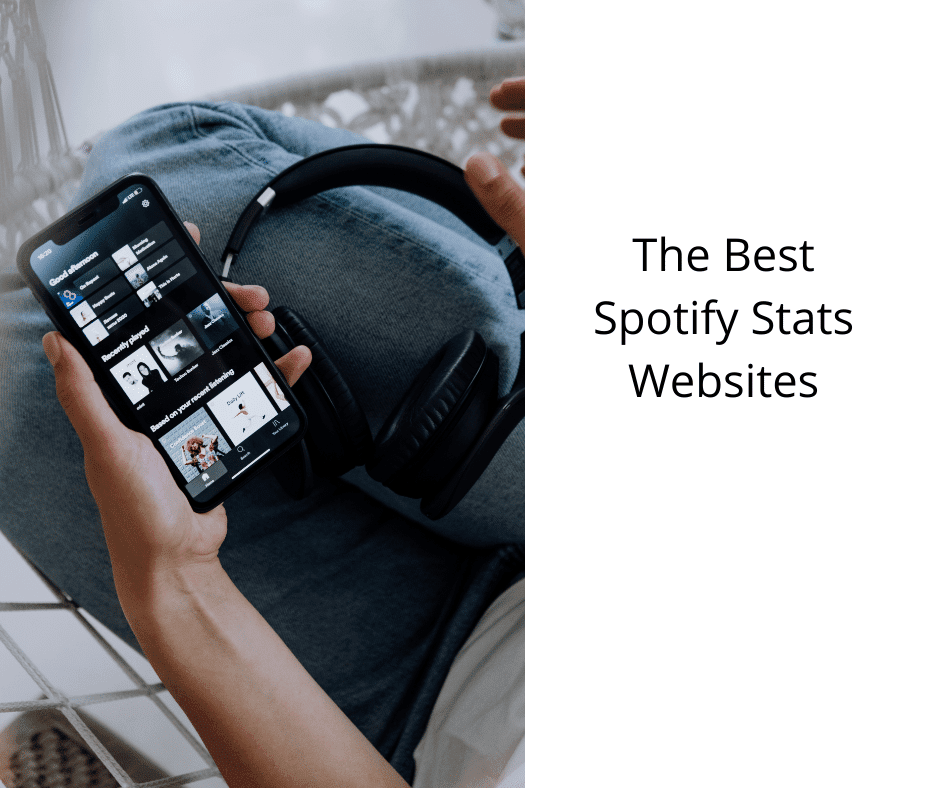Just in case you weren’t aware, the Spotify algorithm, responsible for suggesting music to you, is always adapting and learning from your listening habits.
However, have you ever wondered if there's a way to reset it? Many of us are curious about whether we can start afresh and mold our music suggestions in a different direction.
Well, the answer isn't as simple as we might hope. But fear not, there are still some interesting insights to explore regarding the inner workings of this algorithm and how we can potentially navigate it to better suit our preferences.
Key Takeaways
- The Spotify algorithm curates personalized playlists and recommendations based on users' listening history and preferences.
- Factors such as listening history, real-time behavior, and social listening habits influence Spotify recommendations.
- Users can influence their Spotify algorithm by exploring new genres, creating and following playlists, and engaging with favorite tracks.
- While Spotify does not have a direct algorithm reset option, alternatives include setting up separate accounts, creating a new account, or utilizing private mode to refresh recommendations.
Understanding the Spotify Algorithm
The Spotify algorithm utilizes complex data analysis to curate personalized playlists and recommendations based on each user's listening history and preferences. This intricate system leverages the vast amount of data generated by users' listening habits to offer automated recommendations tailored to individual tastes. By analyzing listening history and favorite songs, the algorithm aims to enhance music discovery and provide a seamless listening experience within the streaming service.
However, the algorithm's reliance on past listening habits can lead to potential limitations in music exploration, as it tends to recommend similar music, potentially hindering exposure to new genres and artists. Understanding the inner workings of the Spotify algorithm is crucial for users seeking to maximize the platform's potential for personalized music discovery while being aware of its limitations.
This insight enables users to navigate the intricacies of the algorithm, empowering them to make informed decisions regarding their listening experience within the streaming service.
Factors Affecting Your Spotify Recommendations

Exploring the intricacies of the Spotify algorithm's impact on personalized music discovery, we can now examine the key factors influencing your Spotify recommendations.
The Spotify algorithm leverages a variety of factors to curate recommendations tailored to individual musical tastes. One crucial factor is the user's listening history, encompassing the genres, artists, and tracks they frequently engage with.
Additionally, the algorithm takes into account real-time listening behavior, considering what a user is currently enjoying. Social listening habits, such as playlists created by friends or accounts followed, also play a role in shaping the recommendations. Furthermore, the algorithm knows when a user skips or replays tracks, using this information to fine-tune suggestions.
Clearing your history can impact recommendations as it resets the data the algorithm uses to personalize the user experience. Across music streaming platforms, the Spotify algorithm stands out for its ability to continuously adapt to evolving musical preferences, providing a dynamic and engaging user experience.
Understanding these factors offers insight into how the algorithm works and empowers users to optimize their music discovery.
Methods to Influence Your Spotify Algorithm
To wield significant influence over your Spotify algorithm, strategically diversifying your listening habits can have a substantial impact on the recommendations presented to you. Here are some methods to influence your Spotify algorithm:
- Explore New Genres and Artists: By intentionally exploring genres and artists outside of your usual preferences, you can provide the algorithm with a more comprehensive understanding of your music taste. This can lead to more diverse and tailored recommendations.
- Create and Follow Playlists: Curating and following playlists that resonate with your evolving music taste can help Spotify's algorithm better understand your preferences. Additionally, engaging with collaborative playlists and following those created by others can introduce you to new tracks and artists, refining your recommendations further.
- Regularly Interact with Your Favorite Tracks: Liking, saving, and adding tracks to your library signals to Spotify that these are significant to your music taste. Interacting with your favorite tracks can reinforce their relevance and contribute to the accuracy of your recommendations.
Exploring the Option to Reset Your Spotify Algorithm

Considering the frustration voiced by many users seeking a fresh start, Spotify's current lack of a direct algorithm reset option has prompted exploration of alternative methods for achieving a reconfigured music experience.
While clearing your listening history or retraining the algorithm isn't currently an option, there are alternative strategies to consider. For those on family plans, setting up separate accounts for different family members can prevent one person's preferences from impacting another's recommendations, providing a more tailored experience.
Additionally, creating a new Spotify account is an extreme but effective option to reset the algorithm. The ability to transfer playlists and saved content to a new account can help retain important music-based data.
Exploring different genres, utilizing customization options, and seeking guidance from Spotify support or community forums are also viable alternatives for influencing and diversifying recommendations.
Tips for Refreshing Your Spotify Recommendations
For enhanced control over your Spotify recommendations, consider the strategic use of private mode or white noise to curate a more refined listening experience.
When it comes to refreshing your Spotify recommendations, there are several tips to keep in mind:
- Utilize Private Mode: By using Spotify's Private Session feature, you can listen to music without it affecting your algorithm. This allows you to explore new music without it impacting your personalized recommendations.
- Explore White Noise: Listening to white noise or ambient sounds can help dilute the impact of specific genres or artists on your recommendations. This can be especially useful if you want to experiment with new music without it heavily influencing your algorithm.
- Create a New Account: If you want a completely fresh start, creating a new Spotify account is an option. Starting from scratch can provide an opportunity to build recommendations based on your current interests and listening habits.
Frequently Asked Questions
Is There a Way to Reset Your Spotify Stats?
Yes, there's a way to reset your Spotify stats.
Personalized recommendations, like Discover Weekly and playlist suggestions, are tailored based on your music preferences and listening history.
However, there isn't a direct option to reset the algorithm.
Instead, you can influence it by regularly updating your user profile, exploring new genres, and engaging with different artists.
This approach can refresh your music discovery and help Spotify provide more tailored content.
How Do You Reset Spotify Suggestions?
To reset Spotify suggestions, users can influence their personalized playlists and music discovery by actively engaging with the platform. By regularly updating user preferences, Spotify's algorithm accuracy improves, offering more relevant custom recommendations. Data collection from listening history allows for a deeper understanding of music taste.
While there's no direct 'reset' option, actively engaging with the platform can effectively reset and refine music suggestions for a more tailored experience.
How Do I Reset My Spotify Listening?
When it comes to resetting our Spotify listening, personalized recommendations, music preferences, and user data all play a role. Our listening habits directly impact the algorithm accuracy, influencing Discover Weekly, Daily Mixes, and playlist history.
Understanding data privacy is crucial in this process. While Spotify doesn't offer a direct reset option, continuously listening to preferred content retrains the algorithm.
Family plans and separate accounts can also help prevent unwanted recommendations.
Is There a Way to Reset My Spotify?
Yes, Spotify allows algorithm control through account settings, enabling the customization of personalized playlists based on user preferences and listening history.
While the platform doesn't have a direct reset option, users can influence their music discovery and custom recommendations by actively curating playlists and managing data privacy settings.
This level of control empowers users to fine-tune their listening experience and refine their algorithmic recommendations.
Conclusion
In conclusion, while there's no direct way to reset the Spotify algorithm, understanding the factors that influence it and actively engaging with preferred content can help tailor recommendations.
By taking advantage of family plans to separate preferences, users can further refine their listening experience.
As we continue to navigate the world of personalized music streaming, it's important to adapt and explore new ways to refresh our Spotify recommendations for a more enjoyable listening experience.










